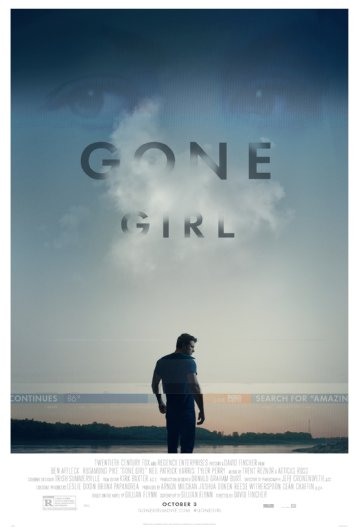Blockbusters with Brockington #2
The “Good For Her” Genre: The Good and The Bad

Since the release of the movie, Gone Girl has amassed over 369 million dollars in the box office!
The “Good For Her” genre has gained critical acclaim among movie and TV watchers. Started by the vitral internet meme of Lucille Bluth saying “good for her,” the genre has emerged into a cornerstone of internet culture. The “Good For Her” genre portrays female rage and revenge. The genre also highlights the process of obtaining female autonomy through both moral and immoral pathways. The genre is best known for films Gone Girl (2014), Midsommar (2019), The Witch (2015), and more. There is much debate on whether or not “Good For Her” films are really feminist masterpieces or simply perpetuators of morally gray characters.
The most prominent “Good For Her” film, Gone Girl, takes on a complex role in the “Good For Her” cinematic universe. Starring Rosamund Pike and Ben Affleck, the film has gained popularity in recent years due to TikTok and Twitter film lovers. The 2014 film, based off of Gillian Flynn’s 2012 novel of the same name, is about Amy Dunne and her suspicious disappearance. No one knows why Amy disappeared, but the main culprit in her disappearance is her husband, Nick Dunne, who seemingly knows nothing about his wife. When questioned about Amy’s friends or daily hobbies, Nick has no idea. Weird, right? Plus Nick’s disinterest and lack of emotion towards Amy’s disappearance makes him seem even more guilty. As the film progresses (spoiler alert!), we learn that Nick is cheating on Amy and taking her money. This makes him the perfect person of interest in Amy’s disappearance, which is exactly what she wants. Movie viewers learn in the iconic “Cool Girl” monologue that Amy set out an elaborate scheme to frame Nick for her murder. “Nick Dunne took my pride and my dignity and my hope and my money. He took and took from me until I no longer existed. That’s murder. Let the punishment fit the crime.” In the iconic shot of Amy riding away in her getaway car, we learn all the reasons why Amy framed Nick. She was expected to be the “cool girl,” who never gets mad at her man, who watches Adam Sandler movies, who eats cold pizza, and of course remains a size two. This set of patriarchal expectations that Amy faces are felt by women who feel as if they have to act a certain way around the men in their life. As viewers watch Amy regain her hope and dignity after being mistreated by her husband, it sets the scene for a cathartic “good for her” response from viewers.
With this in mind, many critics have questioned if certain films really fit the “good for her” genre. Is it being used for the wrong reasons? Has the genre turned into a hub for weaponized white womanhood and rage, rather than a sight for women empowerment and perseverance? For example, instead of praising films such as Gone Girl and Midsommar that weaponize white womanhood, we should celebrate films in which women regain their power and defeat their abusers (The Invisible Man and Revenge). These films should be hailed as perfect representations of “good for her” dramas. These films celebrate female joy and tenacity.
When watching films with powerful women, it’s important to differentiate when they’re “feminist masterpieces” versus places for misplaced female empowerment.



Ashley • Dec 9, 2022 at 7:38 PM
Great article, Sydney!